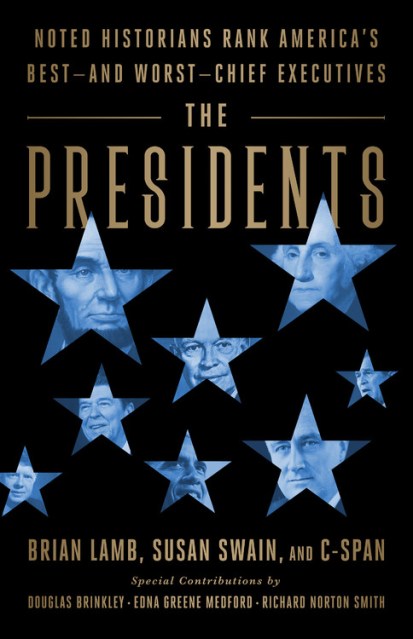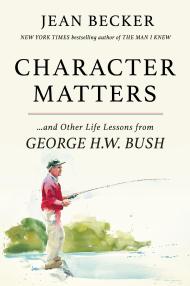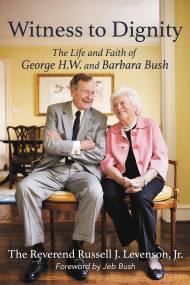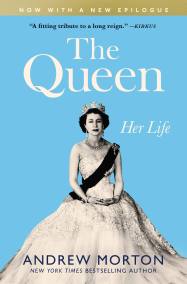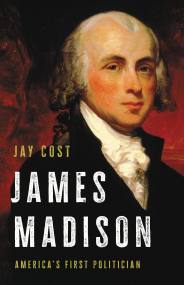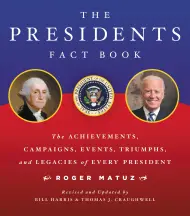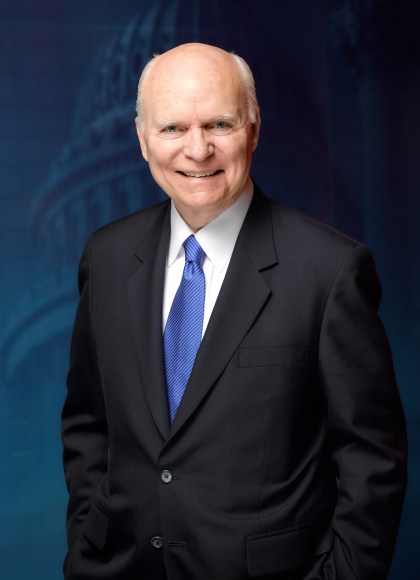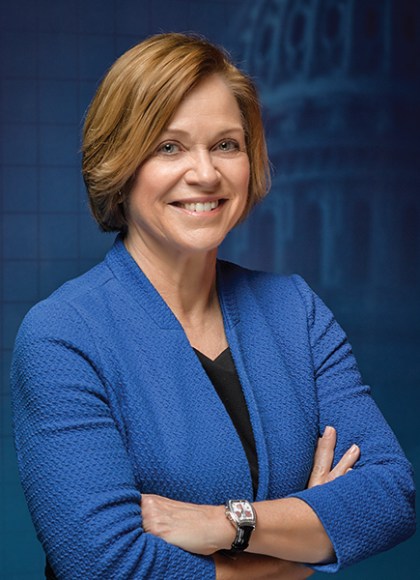Promotion
Use code MOM24 for 20% off site wide + free shipping over $45
The Presidents
Noted Historians Rank America's Best--and Worst--Chief Executives
Contributors
By Brian Lamb
By Susan Swain
Introduction by Douglas Brinkley
Introduction by Richard Norton Smith
Formats and Prices
Price
$19.99Price
$24.99 CADFormat
Format:
- Trade Paperback $19.99 $24.99 CAD
- ebook $12.99 $15.99 CAD
- Hardcover $32.00 $42.00 CAD
- Audiobook Download (Unabridged)
This item is a preorder. Your payment method will be charged immediately, and the product is expected to ship on or around April 28, 2020. This date is subject to change due to shipping delays beyond our control.
Also available from:
The complete rankings of our best — and worst — presidents, based on C-SPAN’s much-cited Historians Surveys of Presidential Leadership.
Over a period of decades, C-SPAN has surveyed leading historians on the best and worst of America’s presidents across a variety of categories — their ability to persuade the public, their leadership skills, their moral authority, and more. The crucible of the presidency has forged some of the very best and very worst leaders in our national history, along with everyone in between.
Based on interviews conducted over the years with a variety of presidential biographers, this book provides not just a complete ranking of our presidents, but stories and analyses that capture the character of the men who held the office. From Abraham Lincoln’s political savvy and rhetorical gifts to James Buchanan’s indecisiveness, this book teaches much about what makes a great leader — and what does not.
As America looks ahead to our next election, this book offers perspective and criteria to help us choose our next leader wisely.
Genre:
-
"Among the pleasures of the texts are the little-known-and sometimes quirky-details about the presidents... A text that will serve both as a solid reference work and as a milepost in the evolving and ever changing reputations of our presidents."Kirkus Reviews
- On Sale
- Apr 28, 2020
- Page Count
- 560 pages
- Publisher
- PublicAffairs
- ISBN-13
- 9781541774353
Newsletter Signup
By clicking ‘Sign Up,’ I acknowledge that I have read and agree to Hachette Book Group’s Privacy Policy and Terms of Use
